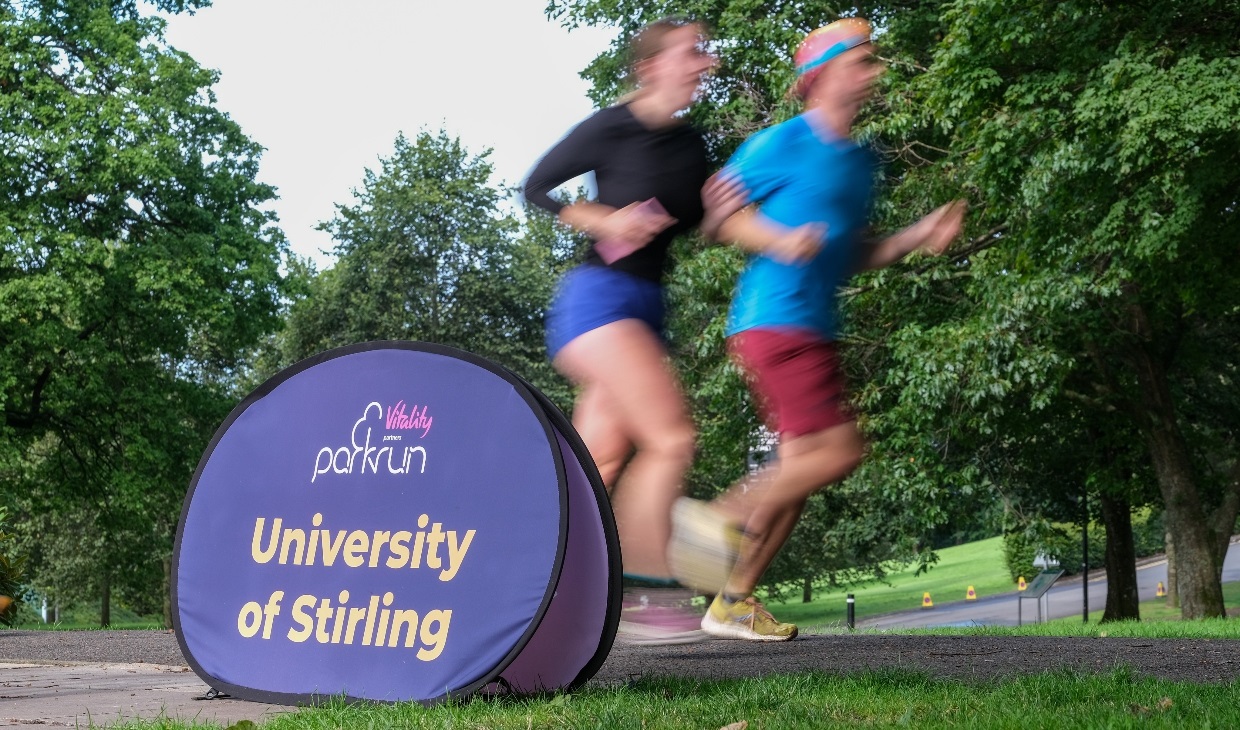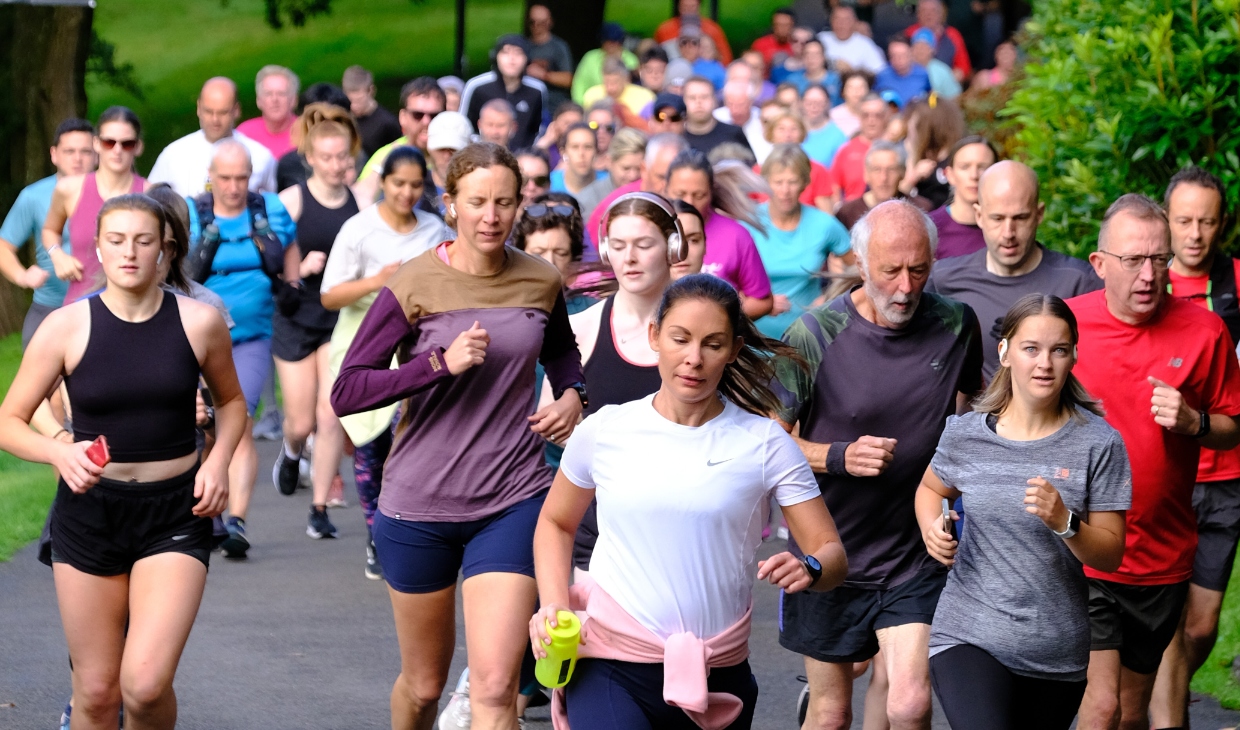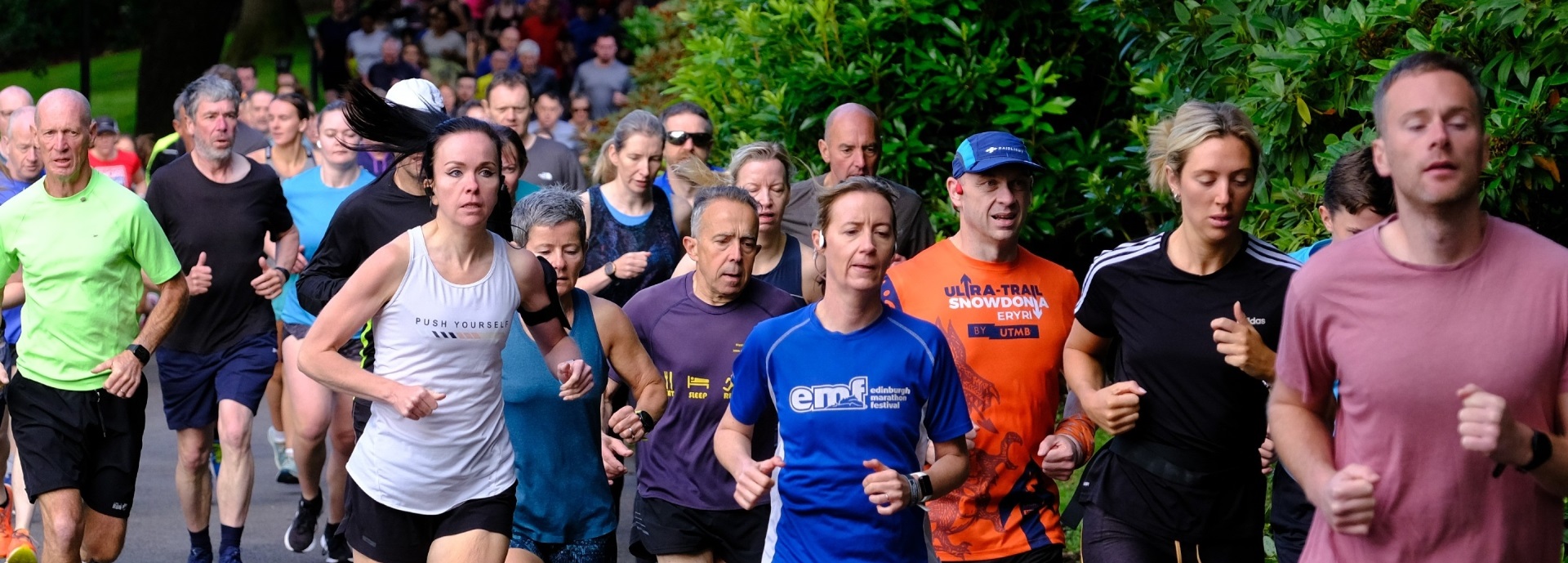A study by the University of Stirling has found first-time participants in parkruns are more likely to return if events are near to freshwater and woodland.
The analysis by ecologist Dr Andre Gilburn suggests the creation of more routes alongside these habitats could encourage people to regularly take part, improving public health.
The study also found that a higher proportion of new runners at an event increased the return rate; that people are more likely to return to smaller events; and that participants who completed routes in a relatively quick time are more likely to return.
parkruns are community-organised, timed, 5 kilometre runs that take place every Saturday in hundreds of locations across the world. parkrun is written as one word with a lowercase 'p', representing the simplicity and inclusivity of the organisation and the events.
The University of Stirling’s campus hosts a weekly parkrun around Airthrey Loch and Dr Gilburn is a regular participant.

Dr Gilburn analysed the return rate of 20,191 first-time participants (11,459 female and 8,732 female) at all 58 Scottish parkruns over a twelve-month period from February 2019, allowing a period of 16 to 29 months to return (before and after lockdown because parkruns were suspended in Scotland for 17 months between March 2020 and July 2021).
Dr Gilburn, a Senior Lecturer in Biological and Environmental Sciences at the University of Stirling, said: “parkrun’s mission is to create a healthier and happier planet. They provide free weekly events that encourage physical activity in a friendly and social environment.
“Understanding what factors determine whether a new participant returns to participate in parkrun again is essential to maximising its effectiveness in promoting good health to ultimately reduce burdens on healthcare systems.
“This study identifies various new factors associated with the likelihood that a new parkrunner will return to do parkrun again. Analysis found return rates are higher at smaller events, at events where there’s a higher proportion of other new participants, and at events where routes go through woodland and alongside freshwater.
“Identification of these features provides parkrun with additional information that could be used to manage their events to increase their effectiveness.
“The results also have potentially important wider implications for other organisers of mass participation events as the same characteristics associated with return rates at parkrun events are likely to be more widely applicable.”
The study Predictors of successful return to parkrun for first-time adult participants in Scotland was published by the journal PLOS Global Public Health.
Stunning campus
Colin Sinclair, event director at the University of Stirling parkrun, said: “We are privileged to use a route around the University of Stirling's stunning campus, which takes in Airthrey Loch and local woodland.
“I have no doubt this location encourages new participants to join us and then return time after time. Our parkrun has also attracted visitors from all over the UK and across the world, including runners from as far away as Australia, the United States and South Africa.”
 Visitors from all over the world take part in the University of Stirling parkrun
Visitors from all over the world take part in the University of Stirling parkrun

